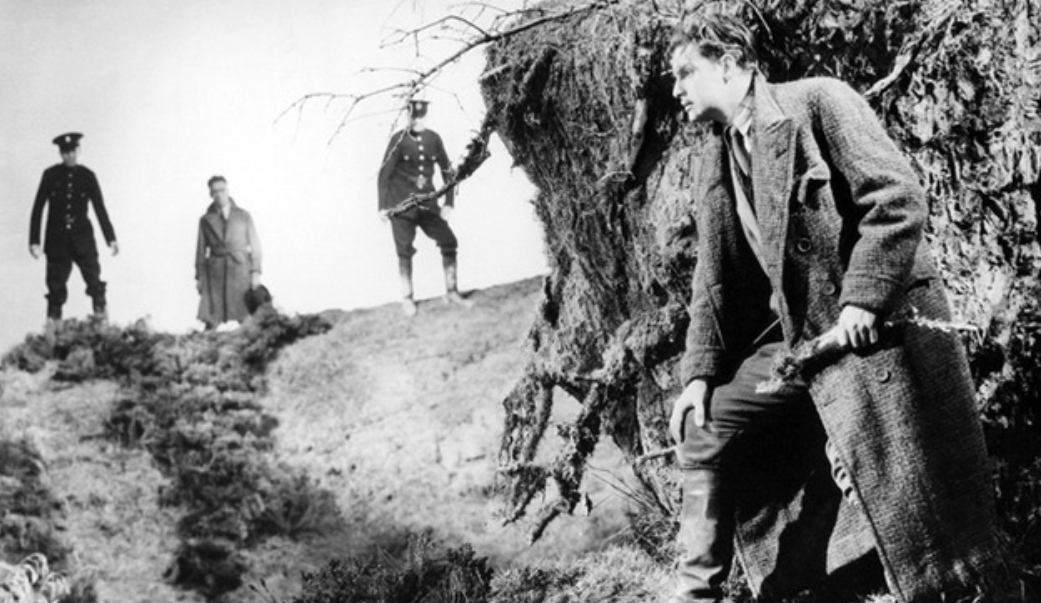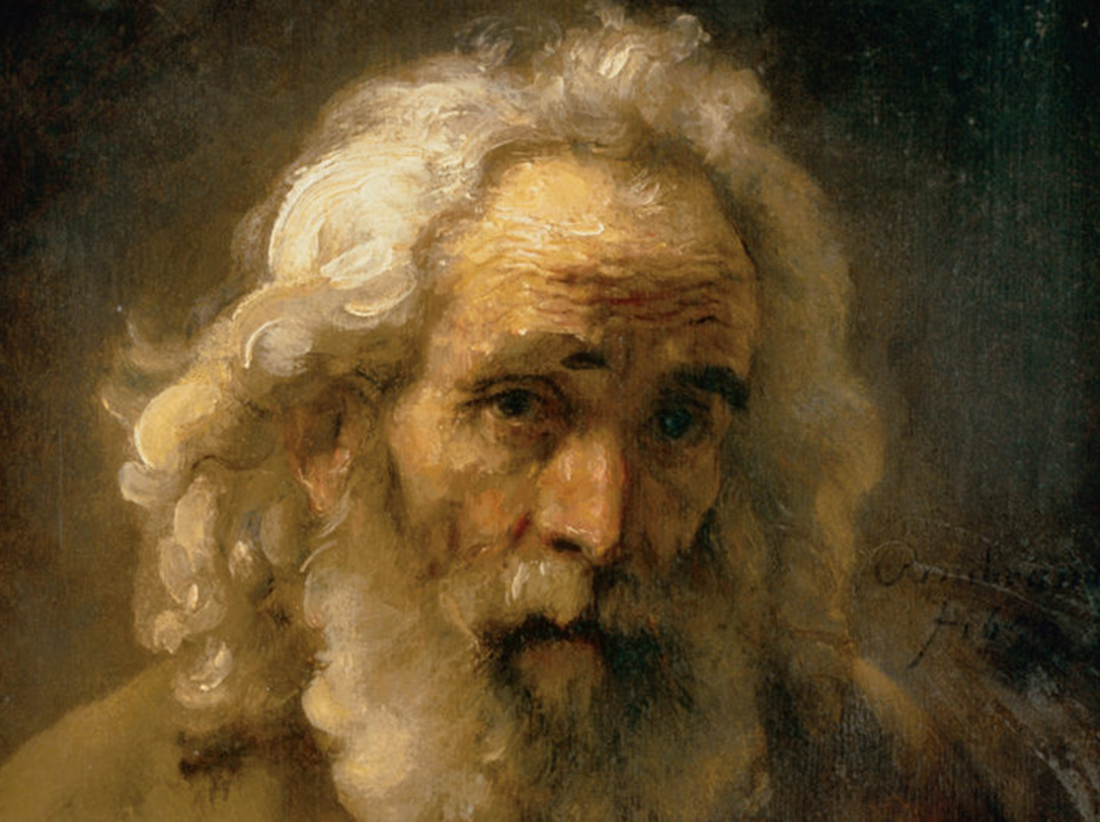Tolkien’s Darkest Work
The Children of Hurin, by J.R.R. Tolkien, edited by Christopher Tolkien; HarperCollins, 2009, $18.95.
Lovers of J.R.R. Tolkien’s Middle-Earth, of The Hobbit and The Lord of the Rings, may return to that realm with The Children of Hurin, published posthumously and with some fairly light-handed editing and explanation by his son.
Some who have dipped into The Silmarillion, Tolkien’s uncompleted and posthumously-published account of the Elder Days, have been put off by its high, epic style, without the alleviating homeliness to be found in The Lord of the Rings, or the frequent humour of The Hobbit, as well as by the fact that it is a set of long fragments, not quite seamlessly joined. In the complex, interwoven tales it is also sometimes difficult to tell who is who.
The Children of Hurin is a completed narrative and far easier to read than The Silmarillion. There is no trouble following the characters, who are distinct and memorable, even if there is not a Frodo, Gandalf or Sam among them. It tells much of the Elder Days, and the wonderfully-named lands like Beleriand which, as Treebeard sang in The Lord of the Rings, came to “lie under the waves”.
However, it is also much grimmer than any of Tolkien’s other work. This is a dark and pessimistic tale. Unlike the story of The Lord of the Rings, good does not triumph over evil. It ends apparently unleavened by hope.
The children of Hurin, striving valiantly for good, only succeed in working evil. The Elves of Middle-Earth, being in rebellion themselves, cannot prevail against the supernatural, Satanic power of Morgoth, and the brave and well-intentioned men who help them are dragged down to their doom. Indeed the extreme darkness of the ending at first sight seems excessive and at odds with the Christian, and indeed specifically Catholic, values that underlay Tolkien’s life and thought and his great literary and mythological project.
However, given the whole plan of Tolkien’s stories, this is in fact not the last word. Although The Children of Hurin is complete in itself, Tolkien intended this to be only one of the connected stories of the Elder Days of Middle-Earth, and the diabolic Morgoth (for whom, at this time, Sauron, the later Dark Lord, was only a servant), though triumphant here, was later overthrown by unforeseen means. Possibly one of the things that Tolkien is saying in the whole connected body of his work is that while man cannot prevail against supernatural evil without the help of supernatural good, such help does eventually come.
The Children of Hurin is for several reasons not a book I would recommend for children as I would recommend The Hobbit. Adults who read it should, I think, follow it up with a re-reading of both The Hobbit and The Lord of the Rings. This will both lighten the darkness of The Children of Hurin somewhat by putting it in perspective, and perhaps give new weight and depth to the other already well-beloved works by showing what lay behind them.
Hal G.P. Colebatch is the author of Return of the Heroes: The Lord of the Rings, Star Wars, Harry Potter and Social Conflict (Cybereditions).
Madam: Archbishop Fisher (July-August 2024) does not resist the attacks on his church by the political, social or scientific atheists and those who insist on not being told what to do.
Aug 29 2024
6 mins
To claim Aborigines have the world's oldest continuous culture is to misunderstand the meaning of culture, which continuously changes over time and location. For a culture not to change over time would be a reproach and certainly not a cause for celebration, for it would indicate that there had been no capacity to adapt. Clearly this has not been the case
Aug 20 2024
23 mins
A friend and longtime supporter of Quadrant, Clive James sent us a poem in 2010, which we published in our December issue. Like the Taronga Park Aquarium he recalls in its 'mocked-up sandstone cave' it's not to be forgotten
Aug 16 2024
2 mins







